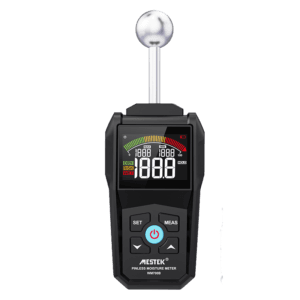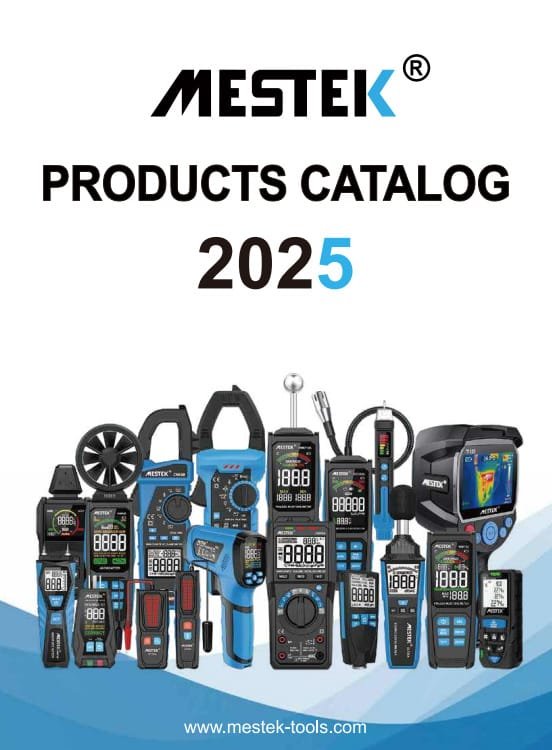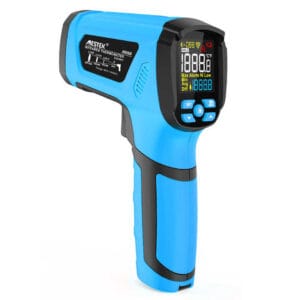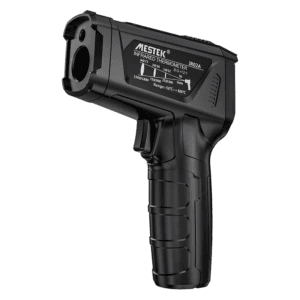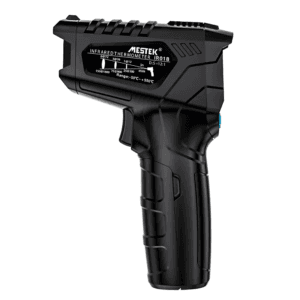The IR01C infrared thermometer has a temperature range of -50~550°C(-58~1022°F). This upgraded model measures ambient temperatures from -10°C to 60°C (-14°F to 140°F). It also measures relative humidity from 0 to 100%RH. The IR01C is powerful and suitable for various scenarios. Additionally, it has an energy-saving function, turning off the power after 30 seconds of inactivity to extend battery life.
Functions
| Temperature Range | -50-550°C(-58-1022°F) |
| Ambient Temperature | -10°C-60°C/-14°F~140°F |
| Ambient Humidity | 0%~100%RH |
| D:S | 12:01 |
| Emissivity | 0.1~1.0 Adjustable |
| Response Spectrum | 8~14um |
| Laser Target Pointer | 12 Dots Indicating Testing Area |
| Response Time | <0.5S |
| Temperature Bridge Alarm | Yes |
| Auto Power off | 30 seconds |
| Data Hold | Yes |
| Batteries | 2×1.5 AAA |
| Size | 140x94x30(mm) |
| Weight | About 106g |
| Safety Level | EN61326.EN60825 |
| Standard Accessories | Infrared Thermometer-Plastic Case-Batteries-User Manual-Color Box |
Factory Showcase
Mestek achieves high standards and high consistency in product inspection and calibration through precise machinery and a clean environment.
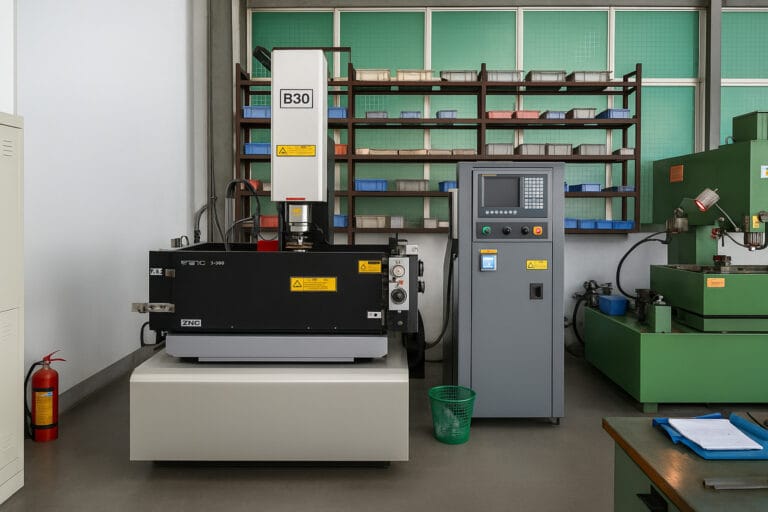


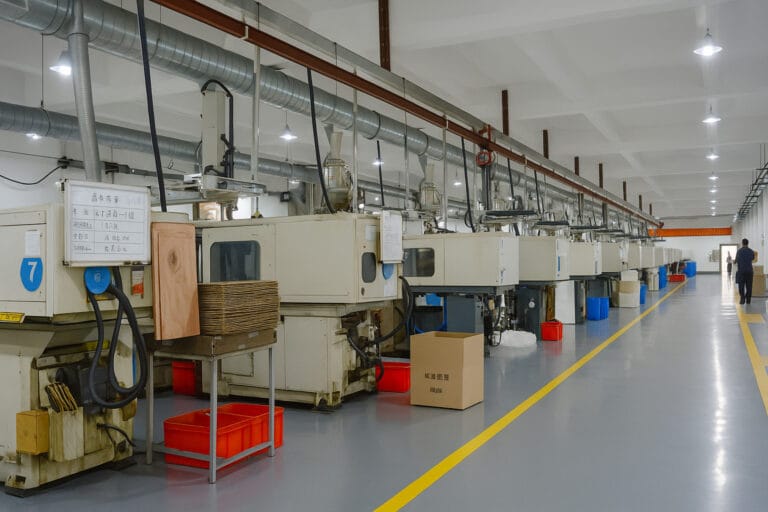

FREQUENTLY ASKED QUESTIONS
How to use an infrared thermometer?
Point the infrared thermometer at the surface, follow the distance‑to‑spot ratio, and press the trigger for an instant reading. Avoid reflective surfaces or adjust emissivity for accurate results.Learn more tips in our guide:How to Use an Infrared Thermometer
Why is my infrared thermometer reading unstable?
Unstable readings often happen due to reflective surfaces, moving targets, or environmental interference. Ensure the surface is clean, dry, and free of oil or moisture. Avoid measuring shiny metals directly, as they can reflect ambient heat and distort readings. In such cases, applying a small piece of non-reflective tape or adjusting the emissivity setting can significantly improve accuracy.
Can an infrared thermometer measure liquid temperature?
Infrared thermometers are equipped with a K-type thermocouple to measure the temperature of the internal liquid. Otherwise, they can only read the surface temperature of liquids such as soup or oil. Models such as the MESTEK IR02B/IR02C are equipped with a K-type thermocouple.
What does emissivity mean on an infrared thermometer?
Emissivity refers to how effectively a surface emits infrared energy. Most organic and matte materials, like wood, food, and painted surfaces, have high emissivity and are easy to measure. Shiny metals or ceramics have low emissivity, which can lead to incorrect readings. Adjusting the emissivity setting on your infrared thermometer allows it to compensate for different materials, ensuring accurate temperature measurements in cooking, baking, or industrial tasks.
How accurate are infrared thermometer?
Most infrared thermometers provide accuracy around ±2°C (±3.6°F) when used correctly. Accuracy depends on distance‑to‑spot ratio, surface condition, and emissivity settings. Most MESTEK infrared thermometers offer about ±2°C accuracy under normal conditions.
What is the ideal distance for using an infrared thermometer?
The ideal distance depends on the distance-to-spot ratio (D:S) of your infrared thermometer. For example, a 12:1 D:S means the thermometer can accurately measure a 1-inch spot from 12 inches away. Standing too far will average a larger area, reducing accuracy. For precise results, make sure the spot you measure completely covers the target area, such as the center of a pan, pizza stone, or grill surface.
How do I clean and maintain an infrared thermometer?
Clean the lens of your infrared thermometer with a soft dry cloth to remove dust or oil, and avoid water or chemical cleaners. If the model includes a K‑type thermocouple probe, wipe it after each use and store the thermometer in a cool, dry place to ensure long‑term accuracy.
Can an infrared thermometer measure body temperature?
Standard infrared thermometers for cooking are not designed for medical use because they only measure surface temperatures. They can detect the warmth of skin or hands but will not provide accurate internal body temperatures like a medical forehead or ear thermometer. If you need to check human body temperature, always use a certified medical infrared thermometer.
